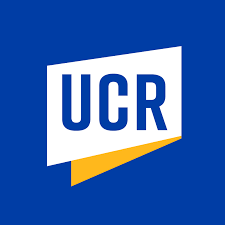Data Science

Background
I am advancing data science in plastic pollution research by creating, reporting guidelines, database structures, and data analysis tools to harmonize, compare, and reproduce research. In trash research, studies use different words to describe the same type of trash or use words which are related to one another by a hierarchy. I have been working to develop a taxonomic system of relational tables called the trash taxonomy to alleviate the challenges in interpreting results between studies.
P.S. I believe that data facilitates knowledge, knowledge facilitates power, and power in the hands of many can move mountains. I am an open data fanatic. I curate data on trash in the environment from scientists and government groups around the world so that their data can be turned into action. Please help me spread data to everyone you know by sharing this Data LINK and let me know if there are any datasets you know of that I should add or if you would like to be involved.
Goals
- Improve access to trash data.
- Improve the utility of trash data.
- Create tools which facilitate the application of trash data.
Major Learnings
- There are a ton of things to think about when reporting microplastic methods.
- To do trash taxonomy right, we need to think beyond relational data structures and into nonrelational.
Highlighted Achievements
- We published the Microplastics Reporting Guidelines in Applied Spectroscopy
- The Microplastic Reporting Guidelines were used to keep track of metadata in a study which resulted in the development of the first standard methodology for analyzing microplastic in drinking water. Method info HERE
- The Microplastic Reporting Guidelines were used to develop a database schema with the University of Waterloo. Link soon to come.
- The Trash Taxonomy is LIVE.
- We published a tool for visualizing big trash data.
- We published a review paper on how to assess the influence from wastewater effluent in environmental samples STUDY HERE.
Partners (not comprehensive)






